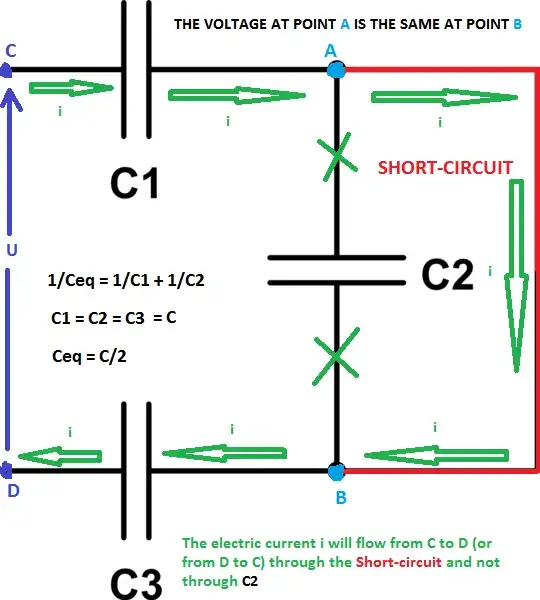Long ago, my high school teacher wrote the popular question on board,
"Why doesn't a bird sitting on a live wire get electrocuted?"
He gave us four options (I don't remember all of them) among which was the obvious "since the bird's feet don't touch the ground" and naturally we chose this one.
He told us that this answer was actually not satisfactory (or rather incomplete) since the current in the wire is not a direct current but an alternating current.
The bird's body should be treated as a capacitor (since the resistance of the bird owing to its small longitudinal extent can be ignored as both feet are at almost the same voltage) which for small frequencies offers large impedance.
Because of this the current through the bird's body is negligible and it doesn't get shocked.
Now, the following answers and links therein:
suggest that its actually the no grounding that prevents the bird from getting fried. (Along with having both feet in effectively the same place)
Most people in the previous answers seemed to not have mentioned anything about the alternating nature of the current and impedances etc generated in the bird's body due to that.
Which explanation is more correct?
P.S: The explanation which had been given by my teacher seems more plausible to me.
